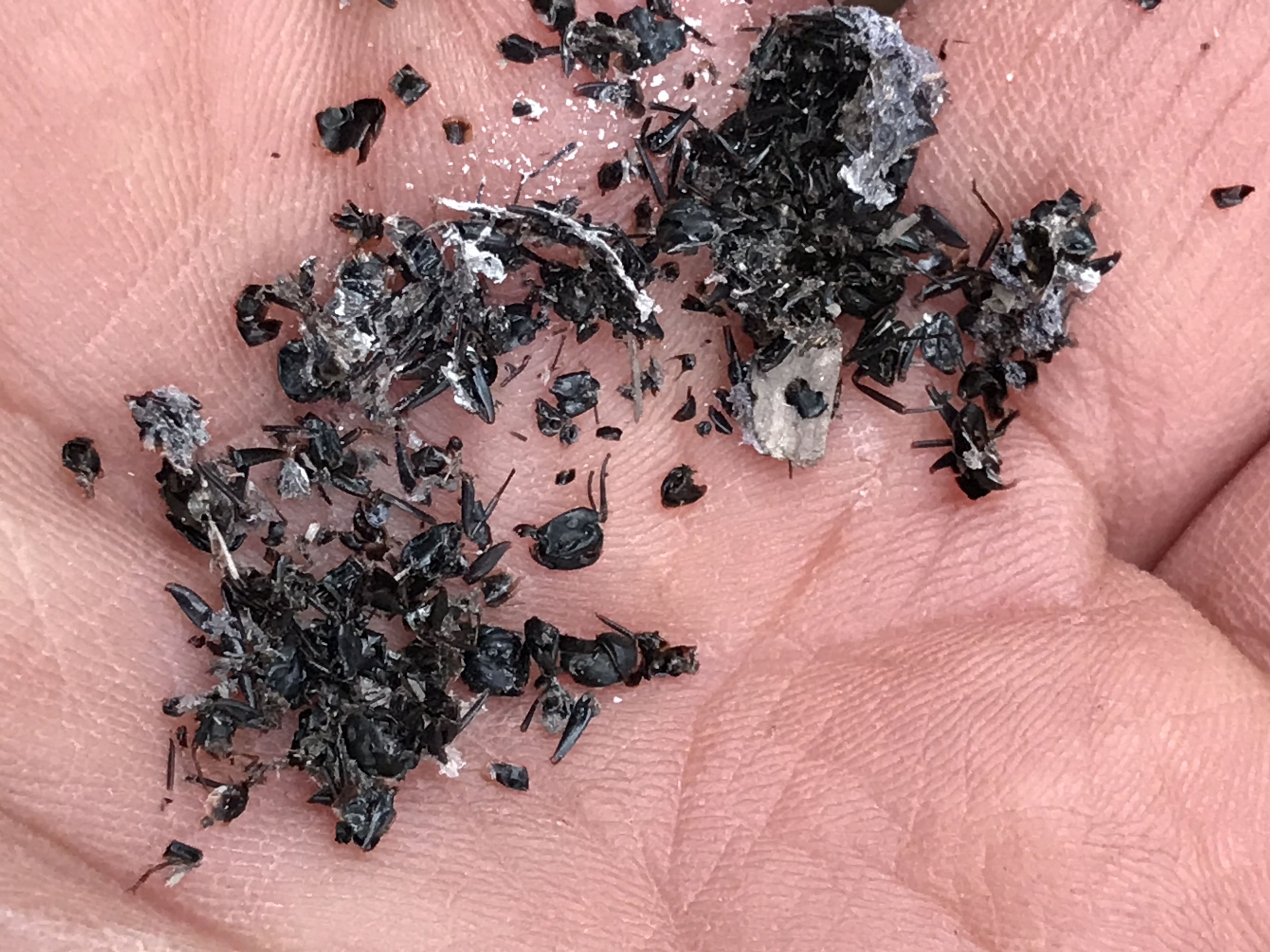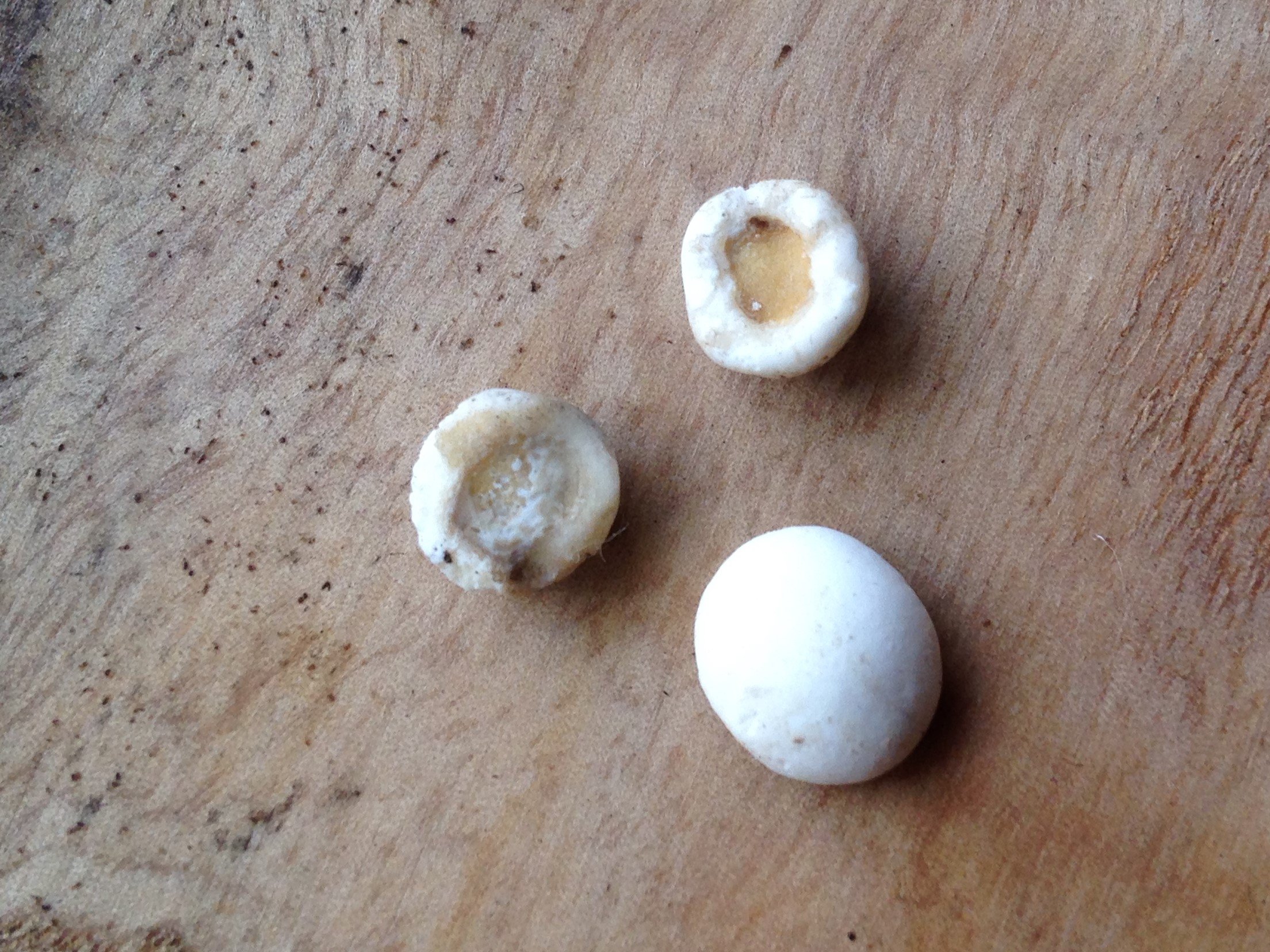
What’s going on out on the land?

Invert Sign at Dunby Rd.
Learning more about invertebrates and the signs they leave behind is such a valuable part of wildlife tracking to me. I feel like when I teach or share about the inverts, most people are kind of “cool, but where are the mammals?” about it, but I hope to keep learning more so that I can inspire some deeper respect and awe about a couple whole other phylums! There is so much life out there, that doesn’t look like us, move like us, eat, excrete, breed or breathe like us and every time I learn something new I get stoked. I am grateful to get to share some of that excitement in this post.

Three Common Silk Moth Cocoons
Throughout the past few years I have come across a few different large cocoons belonging to Silk Moths, who are large moths in the family Saturniidae, in the order Lepidoptera. As I encounter the cocoons I tend to look them up and try to learn something about them but eventually the individual identifications of each unique species is lost, except maybe the Cecropia. I wanted to write a short blog post, starting with the main three cocoons I encounter, helping to remember who makes which cocoons so I can better remember in the field.

Deeper Questions of Common Sign : Tracking at Kinghurst
This past Saturday was another outing with the Earth Tracks Wildlife Tracking Apprenticeship. We went out to the Kinghurst forest in Grey County, Ontario to see what we could find together. It was a small group of six of us, but that made it a little bit sweeter as we could really dig in to all of the things we were seeing.

Crayfish Gastroliths
I can’t remember when, but a couple of years ago, I think it was a co-op student at work, or maybe a new instructor, come over and ask me what some little thing was that they had found. It was small, flat yet round and slightly depressed on one side, like a danish or a donut whose hole didn’t make it all the way through. I examined it and took a couple of photos, and told them what I thought. “Probably a seed of some kind”, I said, but I never did figure out what fruit that seed came from. Turns out it wasn’t a seed after all but something a little bit stranger.

Differentiating between Cepaea nemoralis and Cepaea hortensis
Snails have captured my attention lately and I am getting more and more curious as time goes on.
It isn’t like my curiosity has suddenly been triggered, but rather, it has grown over the past year or so. This curiosity and interest tends to fall back to one or two specific species which I encounter most often. They are the common species in my area of Southern Ontario in the Cepaea genus, Cepaea hortensis and Cepaea nemoralis. But how do you tell them apart?
There is one way to know, but it can be a bit tricky.

Snail trails on Birch
A lot of questions arise while looking at Snail feeding sign on a Birch tree at the Guelph Arboretum. Why Birch? Are they eating? How are they eating? What is the direction of travel?
Sometimes the answers are out there, and it’s just about looking a little deeper to figure it out.
